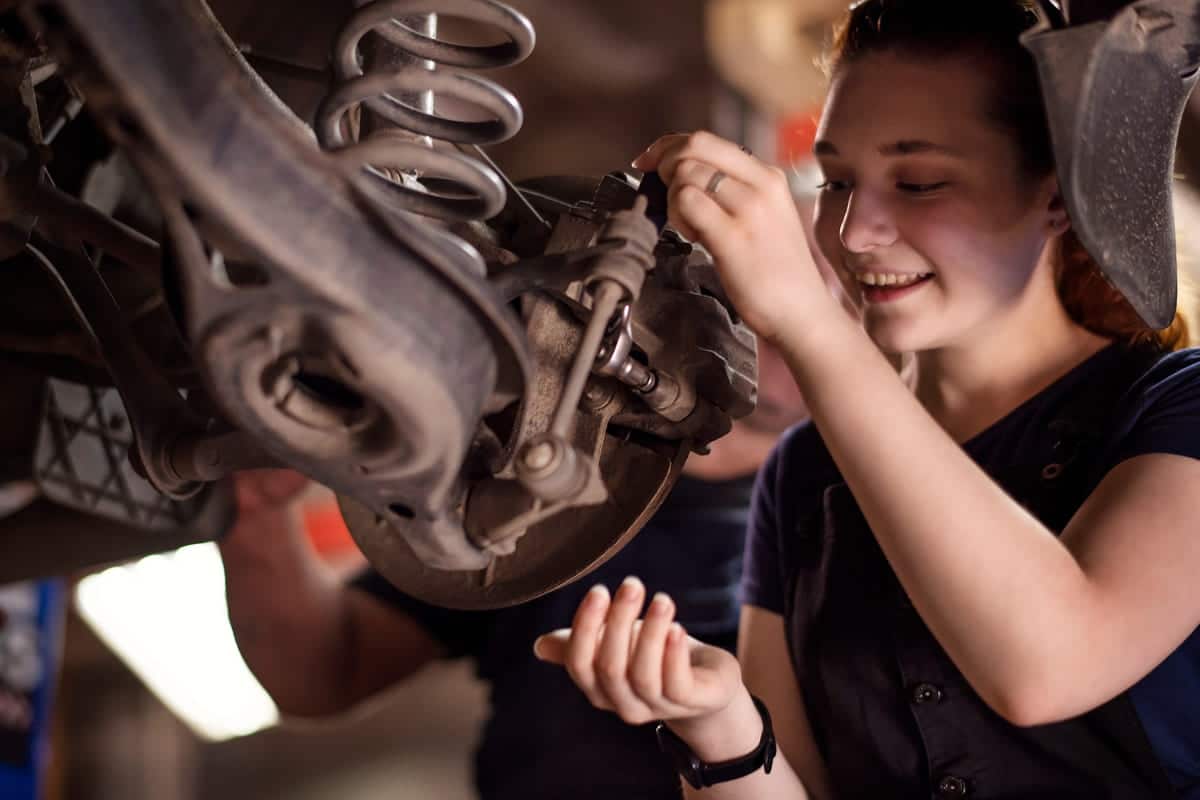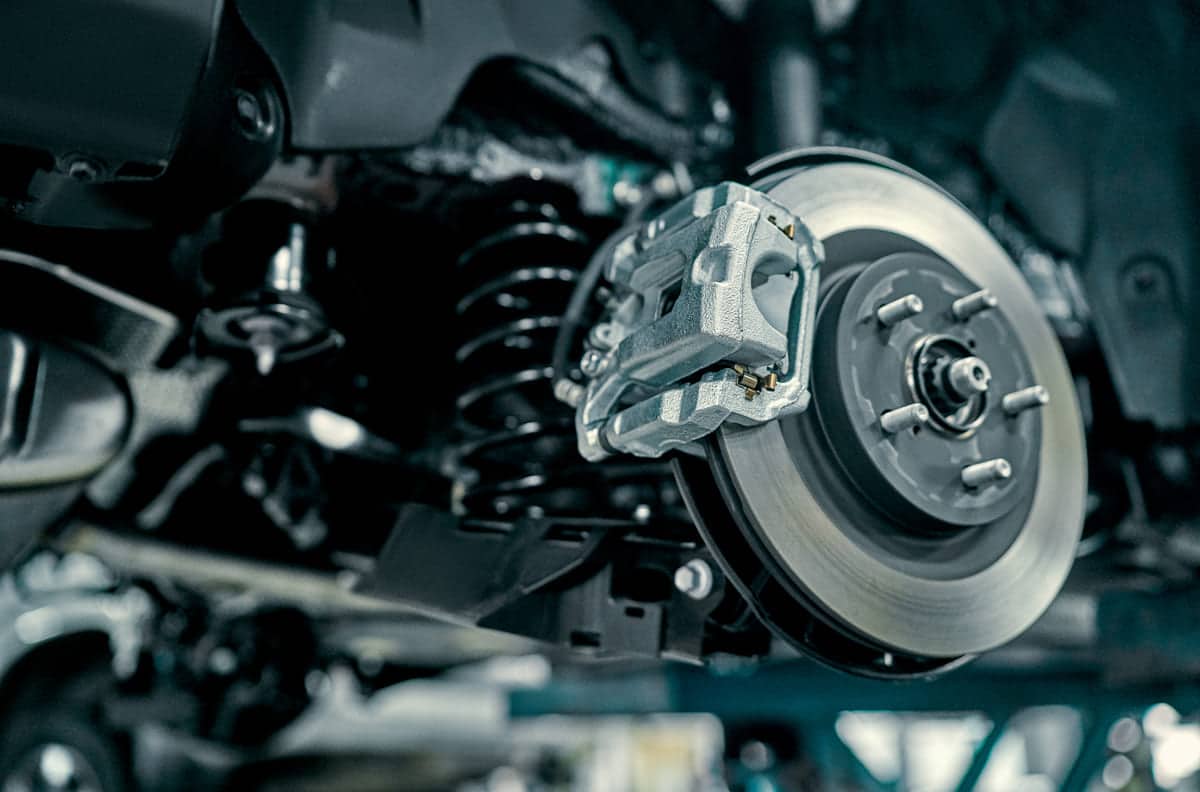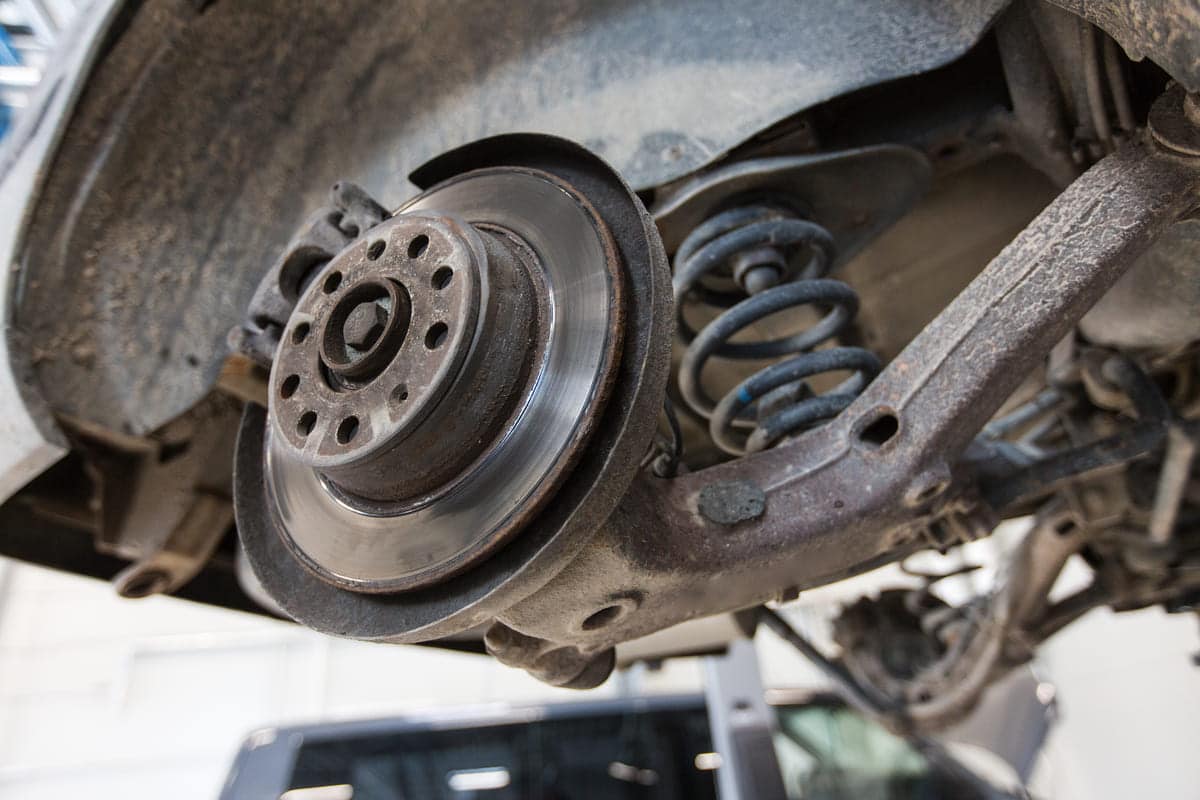Suspension is made up of various parts including springs, shock absorbers and linkages that work together to give a smooth ride. It helps to distribute weight, reduce wear on other parts of the and maintain optimal tyre traction to give overall efficiency and safety.
What is a Car Suspension?
A car suspension system also known as a suspension system connects the car to its wheels. It has springs, shock absorbers and control arms. These work together to give a smooth ride.
The suspension absorbs bumps and road irregularities. This keeps the tyres in contact with the road. So it improves handling and braking.
Suspensions also distribute the weight of the car. This reduces wear and tear on other parts. It gives consistent performance over time.
There are different types of suspensions, independent and dependent. Independent suspensions allow each wheel to move separately. Dependent suspensions connect the wheels so they move together.
Proper maintenance of the suspension is important. Regular checks can prevent issues and extend the life of the car. Replace worn-out parts for optimal performance.
References
- Car suspension. Wikipedia. Retrieved from
- Automobile suspension. Britannica. Retrieved from
History of Car Suspension
Car suspension systems started to develop in the early 20th century. Early cars used simple leaf springs. These springs gave basic shock absorption but limited comfort and control.
In the 1930s independent front suspension appeared. It improved ride and handling. This allowed each wheel to move separately for better stability.
By the 1950s hydraulic shock absorbers became standard. It replaced mechanical dampers and gave better shock absorption. This improved comfort and control.
In the 1980s electronic suspension systems were introduced. It uses sensors and computers to adjust damping in real time. This gave a smoother and more adaptive ride.
Modern suspension systems continue to evolve. Air suspension and active suspension gives better comfort and performance. These give safer and more enjoyable driving.
References
- Vehicle suspensions. ScienceDirect. Retrieved from

Types of Car Suspension
Car suspensions vary to suit different performance and comfort. Here are the main types:
Independent Suspension: Each wheel moves separately, better handling and comfort. Includes:
- MacPherson Strut: Combines shock absorber and coil spring. Common in front-wheel-drive cars.
- Double Wishbone: Two control arms for each wheel, gives excellent handling and stability.
Dependent Suspension: Wheels are connected and move together. Common in heavy-duty vehicles:
- Solid : A rigid axle connecting both wheels. Found in trucks and off-road vehicles.
- Leaf Spring: Uses stacked metal strips to absorb shocks. Used in older and heavy-duty vehicles.
Multi-Link Suspension: Several links control wheel movement. Balances comfort and performance, common in modern cars.
Air Suspension: Replaces traditional springs with air-filled bags. Gives adjustable ride height and better comfort, found in luxury and off-road vehicles.
Active Suspension: Uses sensors and actuators to adjust settings in real time. Gives optimal handling and comfort, found in high-end vehicles.
References
- Car Suspension Systems Explained. Universal Technical Institute. Retrieved from
What are the Car Suspension Parts and Their Functions?
Car suspension systems have many parts, each has a function. Here are the main components:
- Springs: Supports the weight of the vehicle and absorbs road surface shocks. Types are coil springs, leaf springs and torsion bars.
- Shock Absorbers (Dampers): Controls the movement of springs and reduces oscillation. It gives a smooth ride by damping the impact from road irregularities.
- Struts: Combines shock absorber and coil spring in one unit. Supports the weight of the vehicle and absorbs shocks, common in front-wheel-drive cars.
- Control Arms: Connect the suspension to the frame of the vehicle. It allows controlled movement of the wheels and maintains proper alignment.
- Ball Joints: Act as pivot points between control arms and steering knuckles. It allows smooth movement and steering control.
- Stabilizer (Sway) Bars: Reduces body roll during cornering. It links the left and right wheels and improves vehicle stability.
- Bushings: Provides cushioning between suspension parts and reduce friction. Made of rubber or polyurethane, it gives smooth and quiet operation.
- Tie Rods: Connect the steering rack to the steering knuckles. It transmits steering input to the wheels, gives precise control.
- Wheel Bearings: Allows wheels to rotate smoothly with minimal friction. It supports the weight of the vehicle and gives efficient wheel rotation.
Knowing these parts helps in maintaining and repairing car suspension systems.

What Does a Car Suspension Do?
A car suspension system is very important for vehicle performance and . Here is what it does:
- Absorbs Shocks: The suspension absorbs shocks from road surface, like bumps and potholes. This gives a smooth and comfortable ride.
- Maintains Tire Contact: It keeps the tires in contact with the road. Consistent contact gives better traction and braking.
- Improves Handling: The suspension system stabilizes the vehicle during turns and maneuvers. It gives control and reduces body roll.
- Supports Vehicle Weight: It distributes the weight of the vehicle to all wheels. Prevents excessive wear on any single component.
- Improves Ride Comfort: Springs and shock absorbers work together to cushion impacts. This reduces vibrations and jolts felt inside the vehicle.
- Reduces Wear and Tear: Proper suspension minimizes stress on other vehicle parts. It extends the life of tires, axles and components.
The suspension compresses and rebounds as the vehicle moves. Springs absorbs the initial impact, shock absorbers dampen the motion. This combination gives a balanced and controlled ride.
References
- Car Suspension Systems. HowStuffWorks. Retrieved from
Why Is Suspension Important?
The suspension is important for several reasons:
- Safety: It maintains tire contact with the road, and gives better braking and steering. This prevents accidents.
- Comfort: The suspension absorbs shocks from bumps and uneven road surfaces. This reduces vibrations and gives a smoother ride to passengers.
- Handling: It stabilizes the vehicle during turns and maneuvers. Better handling gives driver confidence and better vehicle performance.
- Tire Wear: Proper suspension alignment distributes weight evenly to all tires. This prevents uneven tire wear and extends tire life.
- Component Longevity: By reducing stress on other parts, the suspension extends the life of axles, chassis and other components.
- Performance: A good suspension system gives overall vehicle performance. It gives balanced movement and efficient power transfer to the road.
- Load Management: It supports varying loads without compromising stability. This is true for both passenger cars and commercial vehicles.
Understanding the importance of suspension highlights its role in safety, comfort, and longevity. Regular maintenance ensures optimal performance and reliability.
Quick Facts About Car Suspension
- Origins: Car suspensions came from horse-drawn carriages, using similar spring mechanisms.
- Types: There are two main types: independent and dependent. Independent is better for handling, and dependent is better for heavy loads.
- Components: Springs, shock absorbers, struts, control arms, bushings. Each does a specific job for stability and comfort.
- Air Suspension: Uses air-filled bags instead of springs. Adjustable ride height and better comfort.
- Active Suspension: Modern systems use sensors and actuators to adjust in real-time. Best for handling and ride quality.
- Maintenance: Regular check of suspension parts can prevent uneven tire wear and improve safety.
- Performance Cars: High-performance cars use advanced suspension like double wishbones or multi-link for better handling.
- Innovation: Magnetic and electronic damping systems for precise control of suspension.
- Comfort: Good suspension reduces vibrations and jolts. Better comfort on all terrain.
- Safety: Maintains tire contact and improves handling. Suspension is critical for safety.
Now you know how complex and important car suspensions are in modern cars.
References
- Car Suspension Types Explained. Acko. Retrieved from
- Bose suspension technology will go into production. Motor Authority. Retrieved from https://www.motorauthority.com/news/1116747_after-30-years-bose-developed-suspension-tech-will-go-into-production


